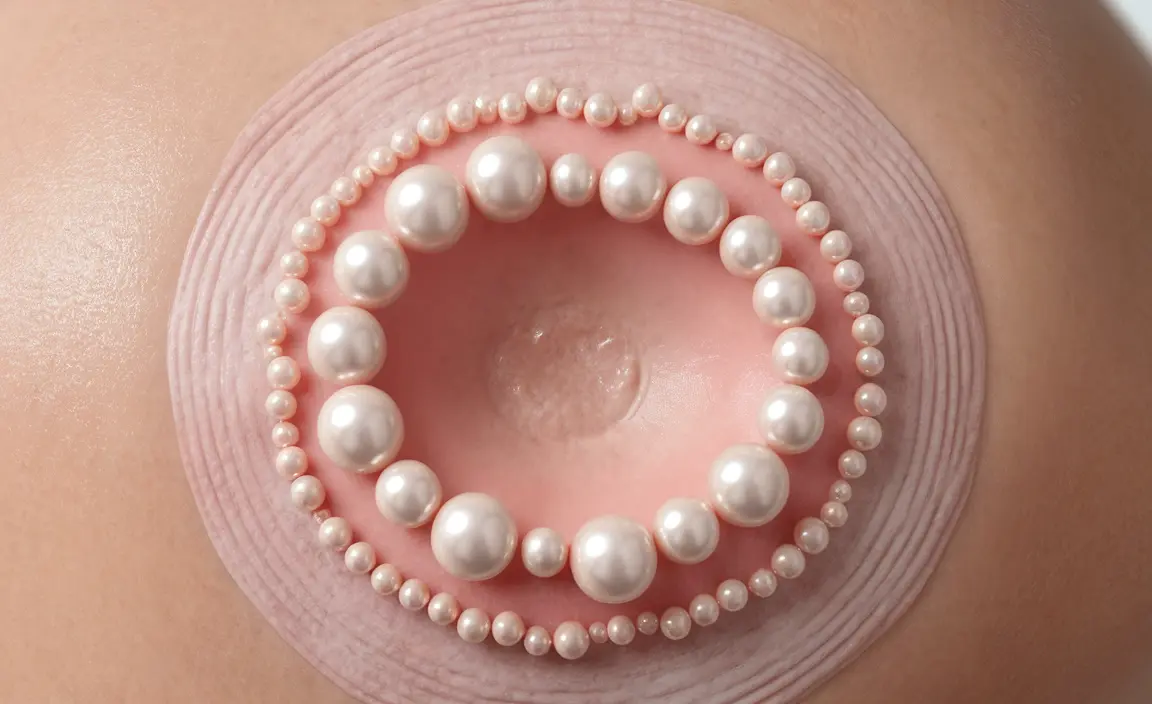Identifying the early signs of skin cancer can significantly improve treatment outcomes. One crucial yet often overlooked indicator is skin cancer indentation – a distinctive depression or sunken area that can appear in cancerous lesions. Understanding what these indentations look like and when they should raise concern is essential for early detection and prompt medical intervention.
What is Skin Cancer Indentation?
Skin cancer indentation refers to a depression or crater-like appearance in a skin lesion that can indicate the presence of certain types of skin cancer, particularly basal cell carcinoma. These indentations often appear as bowl-shaped depressions in the center of a growth, creating a distinctive dimpled or umbilicated appearance.
Characteristics of Cancerous Skin Indentations
Several key features distinguish potentially cancerous indentations from benign skin marks:
- Pearl-like or waxy appearance around the edges
- Central depression or crater-like formation
- Raised borders with a sunken center
- Possible ulceration or bleeding in the indented area
- Gradual growth or changes in appearance over time
Common Locations for Skin Cancer Indentations
While these lesions can appear anywhere on the body, they most commonly develop in:
- Face, particularly around the nose and eyes
- Neck and ears
- Arms and hands
- Other sun-exposed areas of the body
Warning Signs and Red Flags
When examining skin indentations, certain characteristics warrant immediate medical attention:
- Asymmetry in the lesion's shape
- Irregular or poorly defined borders
- Changes in size, color, or depth
- Persistent bleeding or scabbing
- New growth in previously clear skin
Distinguishing Benign vs. Cancerous Indentations
Not all skin indentations indicate cancer. However, certain features can help differentiate between benign and potentially cancerous lesions:
Benign Characteristics
- Stable appearance over time
- Smooth, regular borders
- No progressive growth
- No bleeding or ulceration
Suspicious Characteristics
- Ongoing changes in appearance
- Irregular borders
- Progressive growth
- Recurring bleeding or crusting
Frequently Asked Questions
What does a skin cancer indentation look like and which type of skin cancer commonly has this feature? A skin cancer indentation typically appears as a pearl-like growth with a central depression or crater. This feature is most commonly associated with basal cell carcinoma, appearing as a waxy bump with a sunken center.
How can I tell if a mole or spot with a central indentation might be basal cell carcinoma? Look for a pearly or waxy border around the indentation, irregular edges, persistent growth, and any bleeding or crusting. These features, especially when combined with the central depression, suggest possible basal cell carcinoma.
When should I see a doctor about a skin lesion that has a depressed or indented center? Seek medical attention if you notice a new indented lesion, changes in an existing spot, irregular borders, growth, bleeding, or if the spot doesn't heal within a few weeks.
What are the early signs and symptoms of basal cell carcinoma, including indentation and other changes? Early signs include a pearly, translucent growth with a central indentation, possible blood vessels visible within the growth, easy bleeding or crusting, and slow but persistent growth or change in appearance.
Can skin cancer indentations appear on areas not exposed to the sun and how do they differ from benign skin indentations? Yes, while less common, skin cancer indentations can appear on non-sun-exposed areas. They typically differ from benign indentations by showing progressive growth, irregular borders, and changes in appearance over time, whereas benign indentations remain stable.




